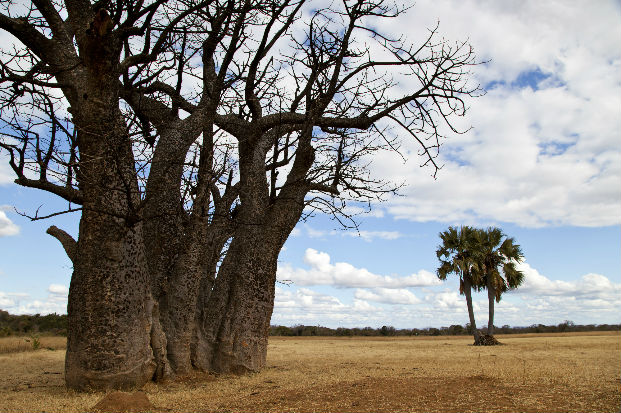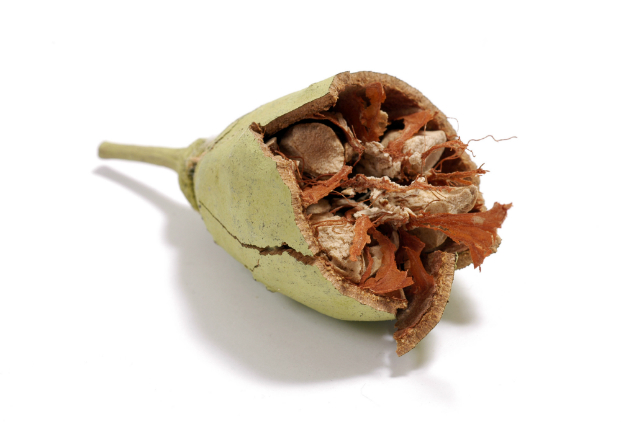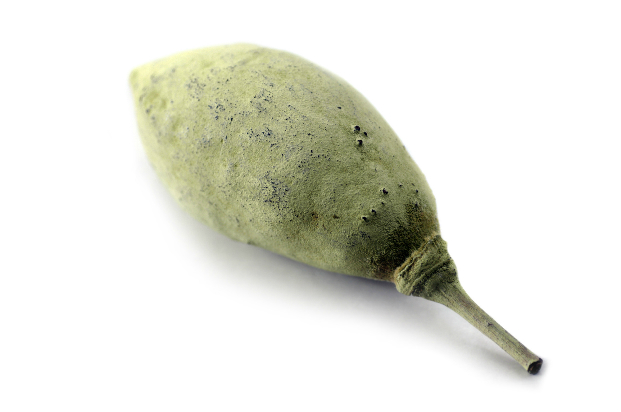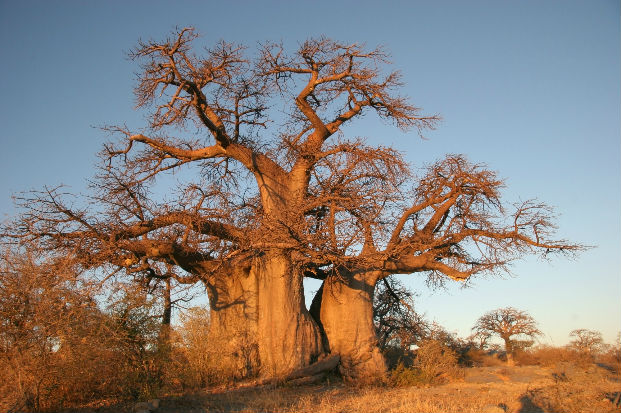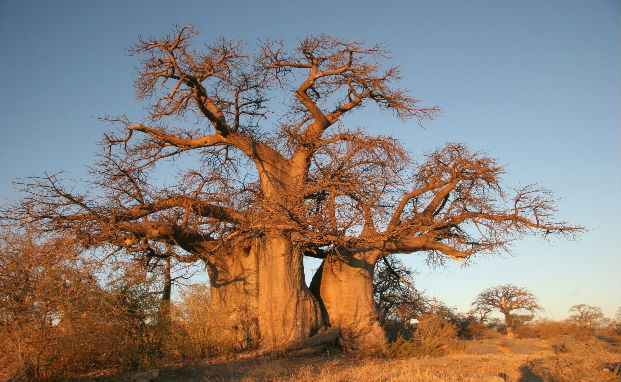
The largest succulent plant in the world that prefers soil that is deep and well drained. However, many grow on the sides of hills and mountains. Members of this family can be found across Africa, America and Australia although this is only the only species found in South Africa. Many other colloquial names including “the upside down tree” and “the lemonade tree”.
Vote for the fact you find most fascinating
The baobab tree provides a plethora of substitute products, the seeds can be roasted for coffee, the fruit pulp used as bread yeast, the ash as table salt and the shoots of germinating seeds eaten as asparagus.
The bark of the baobab can be sustainably farmed for its strong fibre which is used to make a range of products such as mats, rope, cloth and fishing nets.
The fastest growing spurt of a baobab is in the first 250 years, during this time it can reach 2 metres wide.
Carbon dating suggests that the oldest baobabs are 3,000 years old. Whilst a staggering age it’s not as much as the 5,000 years previously thought.
There are cases of baobab trees being purposefully hollowed out to collect water during the rainy season. A hole is then drilled in the trunk and a plug inserted so that water can be tapped off on demand.
Despite humans and elephants stripping the bark from baobabs it will not die like other trees would. Instead it simply grows a new layer, although it will be scarred.
The flowers of the baobab, which are white, open in the evening and fade within 24 hours. During this period they will be pollinated by the straw-coloured fruit bat (Eidolon heluum).
Folklore has it that the spirits of the deceased live in the flowers of the baobab and if someone were to pick a flower they would be eaten by a lion.


